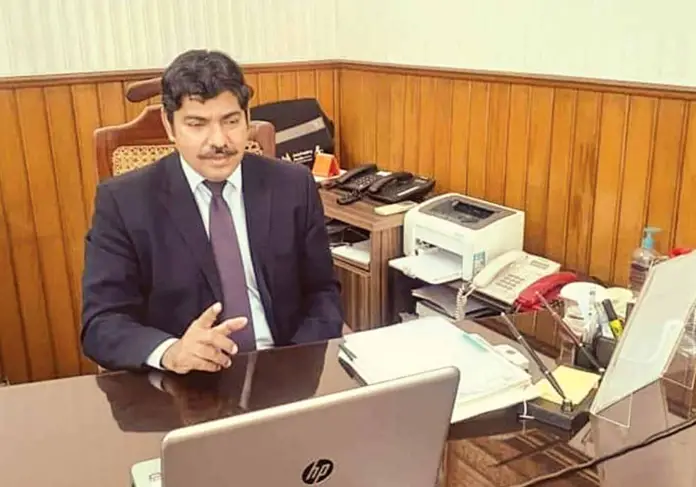Gujranwala Commissioner Ehsan Bhutta has stressed on the need to preserve the heritage of Sikh, Suri and Mughal cultures present in Gujranwala saying that his prime focus has been to restore the ignored legacy of the city after he took over as divisional head a couple of weeks ago.
He said that he has made frequent visits to different historical places in the city adding that he wanted to restore Gujranwala’s tourism status. He said that he had engaged all his team including District Commissioners, Assistant Commissioners and others to contribute wholeheartedly to this cause.
Gujranwala is the only regional headquarters where there is no museum, he said, adding that a piece of land has been identified for the construction of the museum. Bhutta said he had invited a team from Lahore’s archaeology department to start working on its establishment.
The commissioner said that land of 125 km has been identified for the establishment of a wildlife park in Gujranwala. The deputy commissioner has been directed to get the task completed as soon as possible, he said.
The commissioner told Minute Mirror that the entire division was full of historical sites like Raja Ranjit Singh’s ‘baradari’. He said that special attention was being given to its restoration with the help of the archaeology department. “Efforts are being made to remove wild plants from Ranjit Singh’s Samadhi in Sheranwala Bagh as well,” he said. Sher Shah Suri era’s famous bowli and chowki at Wazirabad will also be preserved and made attractive for tourists, he stressed.
He admitted that an area of these properties has been leased out by the board just for pennies. He said that he had requested the ETBP chairman to cancel the lease of some shops so that the prominence of the buildings could be ensured.
Talking about other achievements, Bhutta said that the restoration of the clock tower was his focus. “Preservation of Teja Temple Sialkot in its original state was also our priority,” he stressed.
The commissioner further said that he conducted early morning visits to different departments and education institutions that he claimed were instrumental in mobilizing staff of the Gujranwala Waste Management Company. He said that the commissioner’s office has been reactivated for improved public service delivery. “My prime focus remained on improving education, health, development revenue, tourism and sports,” Bhutta concluded.
Some of the historical old buildings of Gujranwala include the Abdul Nabi Khan mausoleum, a 16th century sprawling fortification built by Sher Shah Suri; Dak Chowki; (1560s) postal station built by Sher Shah Suri along the Grand Trunk (GT) Road; Suri’s Baoli of Wazirabad (1540-45), a step-well for travellers along the GT Road; and Sher Shah Suri Mosque of Wazirabad (1540-45), a small three-bay structure, a masterpiece of construction; and late 19th-century Atmaramji Shrine, a Jain worship place.
If preserved and promoted these sites could be a great treasure to attract not only national but also worldwide tourists.
Gujranwala is a city that experienced different rulers including Mughals and Sikhs. After the death of Aurangzeb Alamgir, the area that vastly consisted of Sikhs and Muslims declared its freedom and Raja Ranjit Singh ruled it for about four decades. After he died in 1849, his empire was divided and disintegrated which urged the colonial powers to occupy this area as well.







